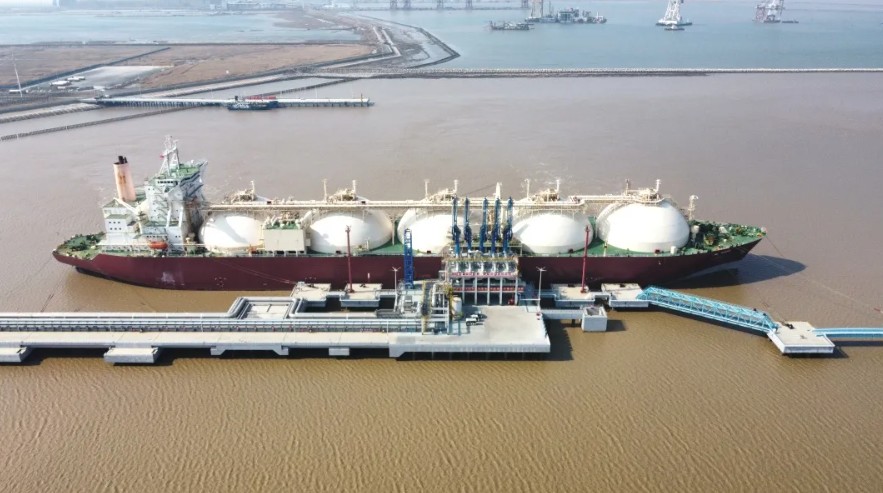This story requires a subscription
This includes a single user license.
Data from the General Administration of Customs shows that the country received 4.97 million tonnes last month. This compares to 6.65 million tonnes in March 2025.
During January-March, China imported 15.51 million tonnes of LNG, a decrease of 21.2 percent compared to the same period last year.
Natural gas imports, including pipeline gas, reached 29.41 million tonnes in the first three months of this year, down 10 percent compared to the same period in 2024.
China’s pipeline imports rose 2 percent year-on-year in March to 4.19 million tonnes, the data shows.
GECF’s February report previously showed that China’s LNG imports fell to their lowest level since June 2022, driven by weaker gas consumption, higher pipeline gas imports, and increased domestic gas production.
It is worth mentioning here that China said in February it will impose tariffs of 15 percent on imports of coal and LNG from the US after President Donald Trump imposed a tariff on goods from the country.
Several reports claim that the country has not imported US LNG supplies since then.
China’s natural gas imports rose by 9.9 percent to 131.69 million tonnes in 2024, the customs data previously showed, while LNG imports increased by 7.7 percent to 76.65 million tonnes last year, with China remaining the world’s largest LNG importer.
Japan was the world’s second-largest importer of LNG last year.
However, Japan overtook China in the first quarter of this year as the world’s biggest LNG importer
During January-March, Japan’s LNG imports reached about 17.66 million tonnes.
Japan imported 65.8 million tonnes of LNG from April 2024 to March 2025, which is up by 1.5 percent compared to the same period before.

